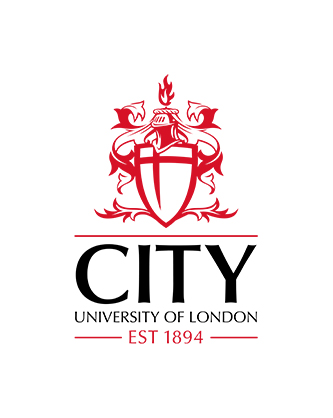Machine learning Calabi-Yau four-folds
He, Y.  ORCID: 0000-0002-0787-8380 & Lukas, A. (2021).
Machine learning Calabi-Yau four-folds.
Physics Letters, Section B: Nuclear, Elementary Particle and High-Energy Physics, 815,
article number 136139.
doi: 10.1016/j.physletb.2021.136139
ORCID: 0000-0002-0787-8380 & Lukas, A. (2021).
Machine learning Calabi-Yau four-folds.
Physics Letters, Section B: Nuclear, Elementary Particle and High-Energy Physics, 815,
article number 136139.
doi: 10.1016/j.physletb.2021.136139
Abstract
Hodge numbers of Calabi-Yau manifolds depend non-trivially on the underlying manifold data and they present an interesting challenge for machine learning. In this letter we consider the data set of complete intersection Calabi-Yau four-folds, a set of about 900,000 topological types, and study supervised learning of the Hodge numbers h and h for these manifolds. We find that h can be successfully learned (to 96% precision) by fully connected classifier and regressor networks. While both types of networks fail for h , we show that a more complicated two-branch network, combined with feature enhancement, can act as an efficient regressor (to 98% precision) for h , at least for a subset of the data. This hints at the existence of an, as yet unknown, formula for Hodge numbers.
| Publication Type: | Article |
|---|---|
| Subjects: | Q Science > QA Mathematics Q Science > QC Physics |
| Departments: | School of Science & Technology > Mathematics |
| SWORD Depositor: |
Available under License Creative Commons: Attribution International Public License 4.0.
Download (336kB) | Preview
Export
Downloads
Downloads per month over past year


 Metadata
Metadata Metadata
Metadata